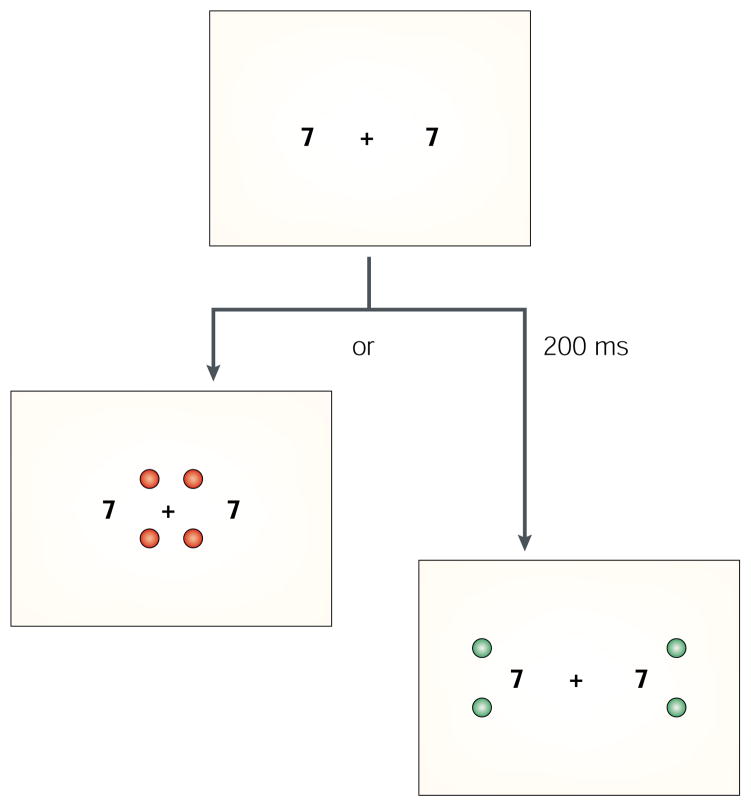Figure 4. Examples of stimuli used to determine whether inducers were influenced by the size of the attentional window in synaesthetes.
First, the colours that were induced by the numbers 2 and 7, for each of the two synaesthetes, were established by having them adjust colours on a computer screen to match their synaesthetic colour. In the study, two achromatic digits were displayed. Two-hundred milliseconds later, four ‘target’ dots were presented that were either the colour induced by the 2s or the colour induced by the 7s and were different for each synaesthete. Dot colour was either consistent or inconsistent with the induced colour of the digit. The digits were irrelevant for the task and were always located 8° to the left and right of fixation. Only the target dots varied in location. For both synaesthetes, naming the colour of the dots took longer when they were inconsistent with the induced synaesthetic colour than when they were consistent, but more importantly this difference was greater when attention was distributed widely over the visual field (165 ms on average) than when it was focused narrowly (52 ms on average). The digits were more likely to induce synaesthesia when they were located within, rather than outside, the spatial area being monitored.

